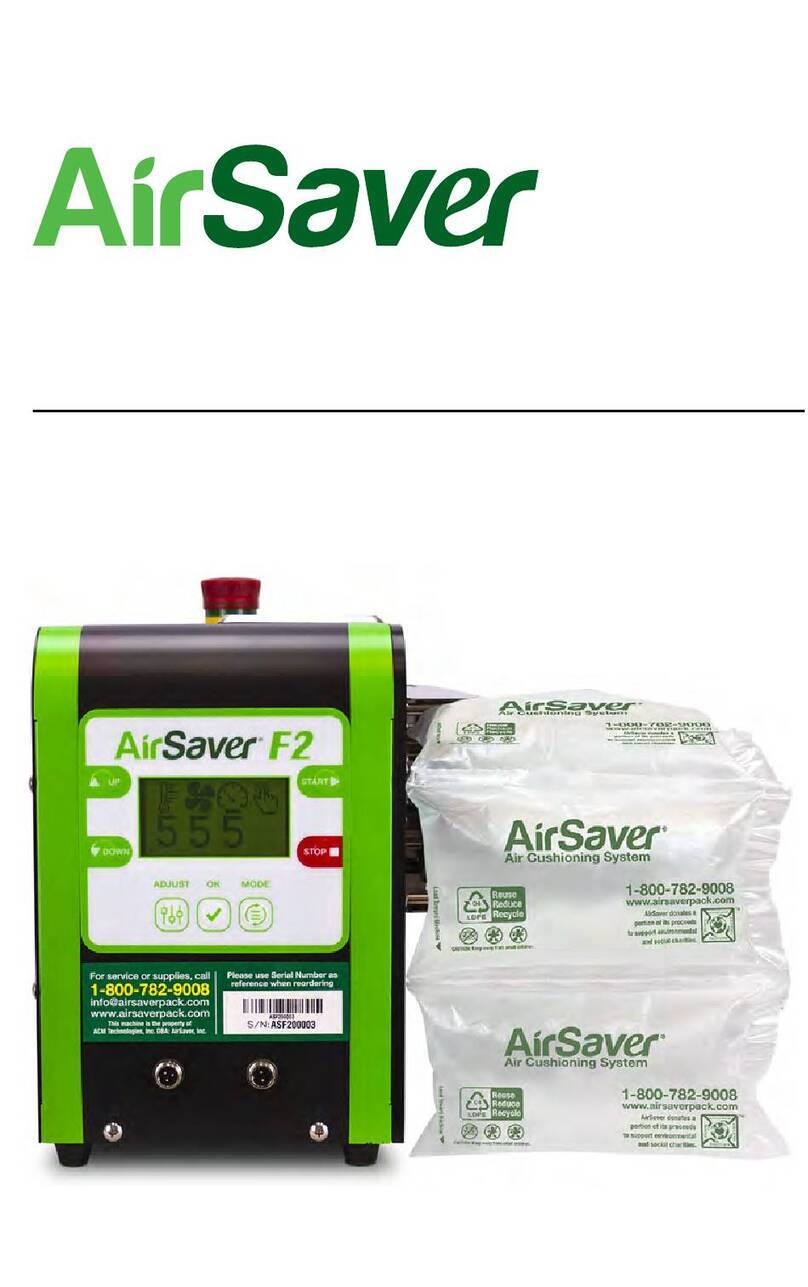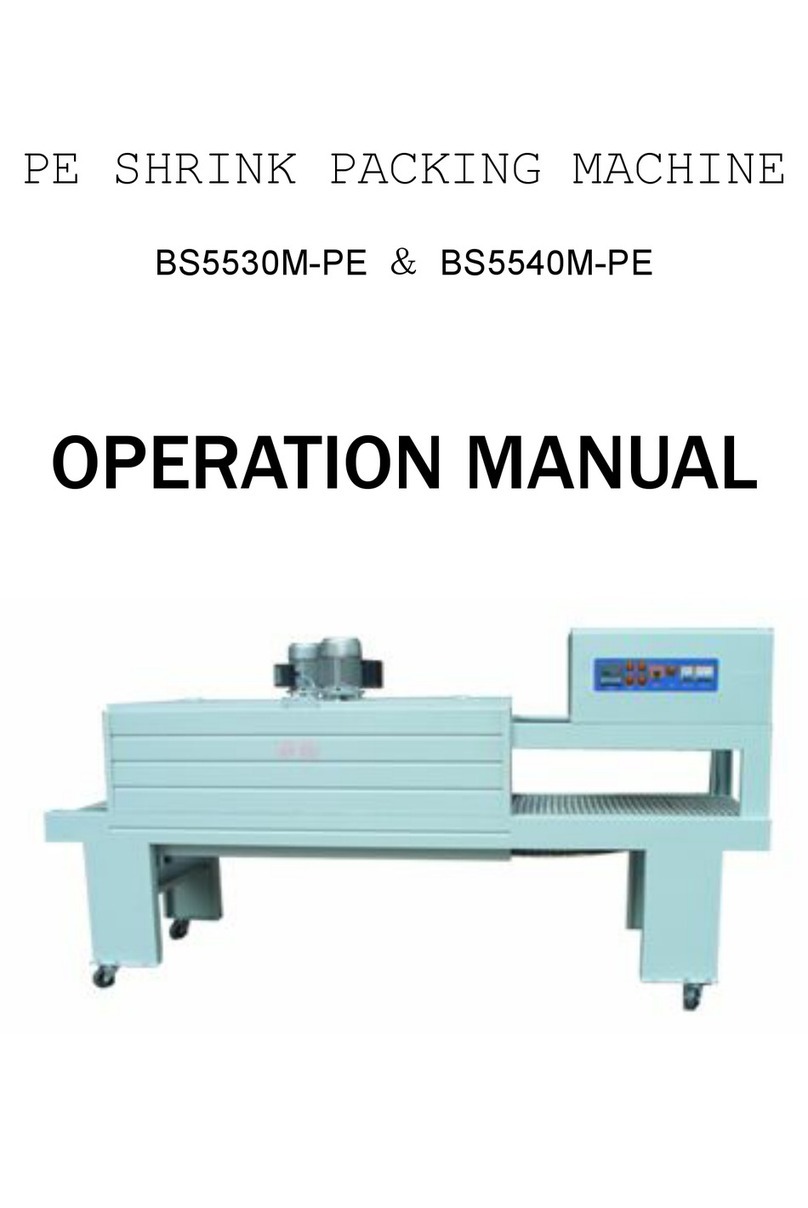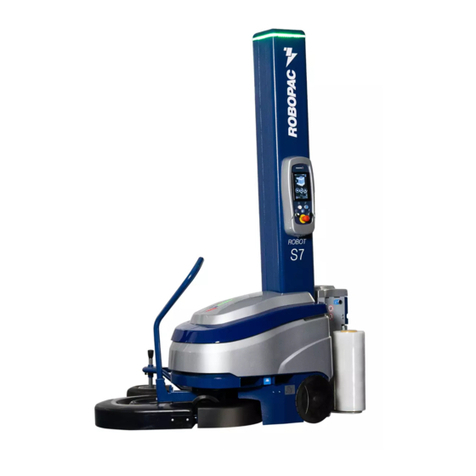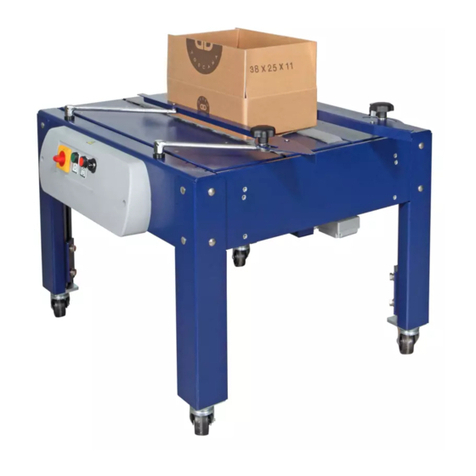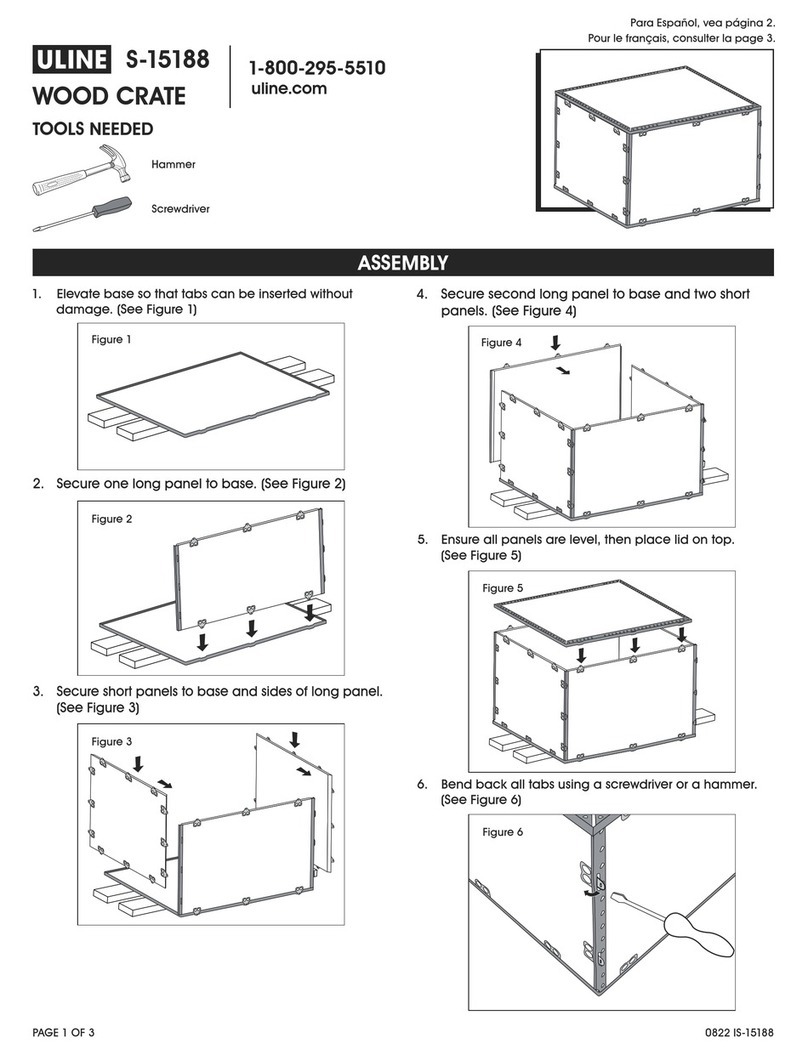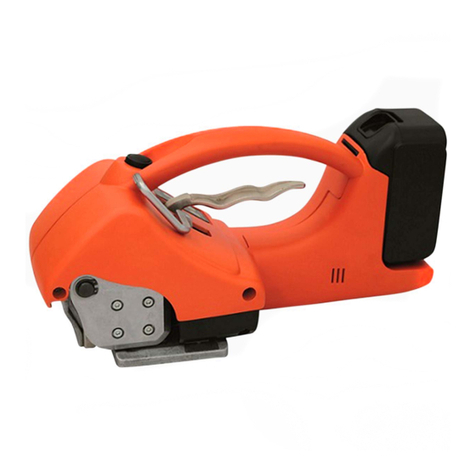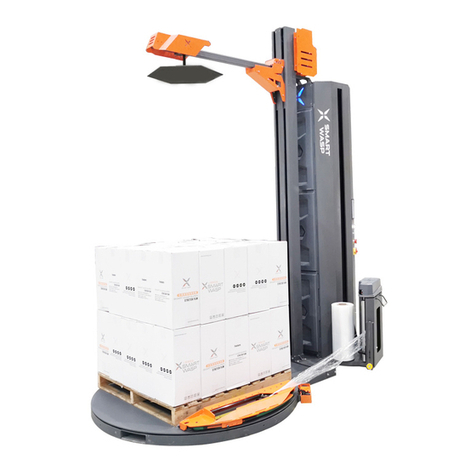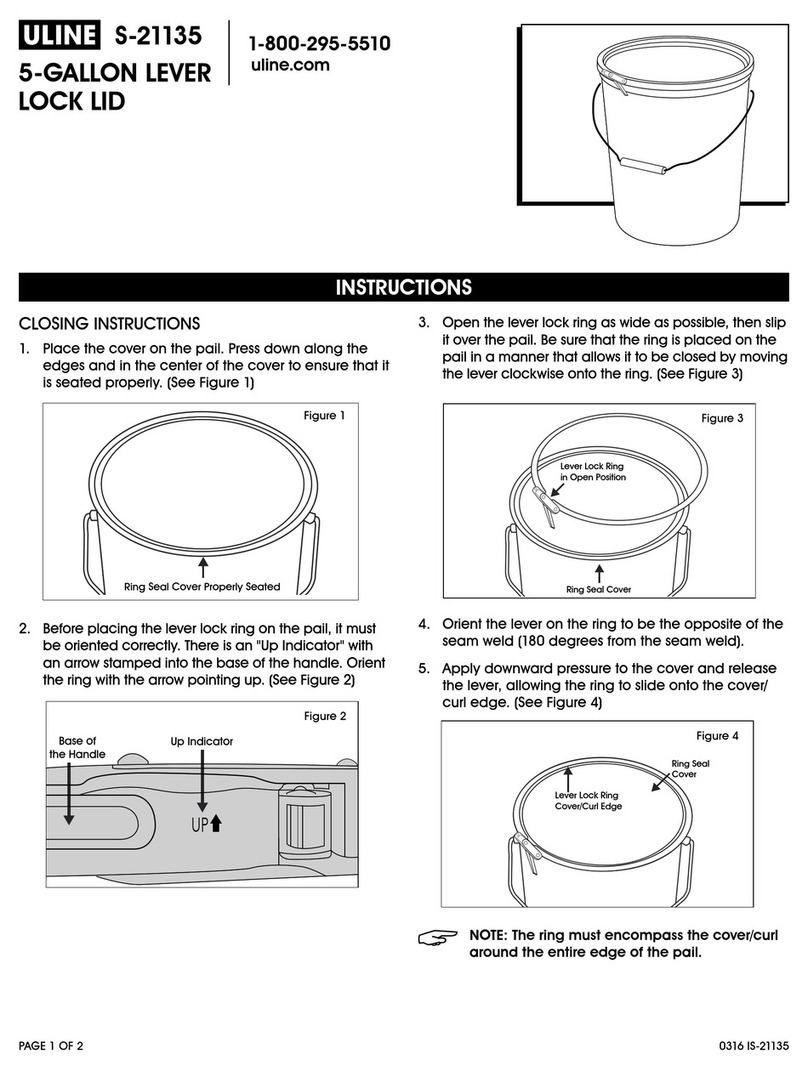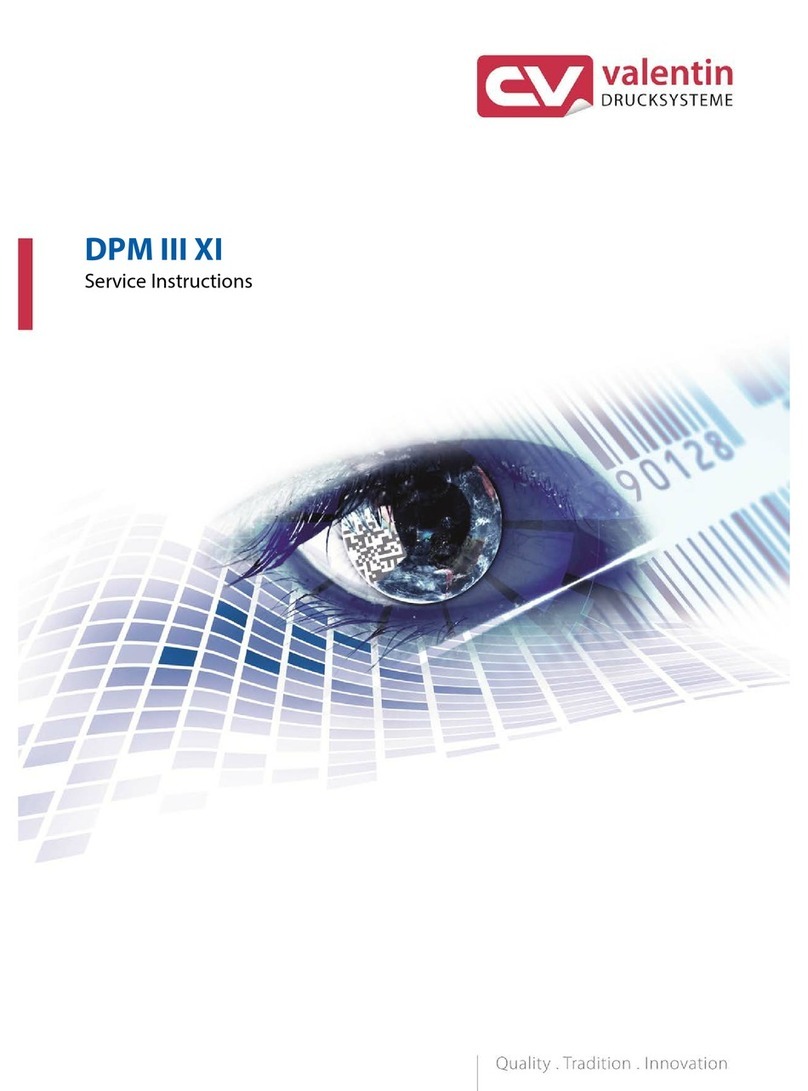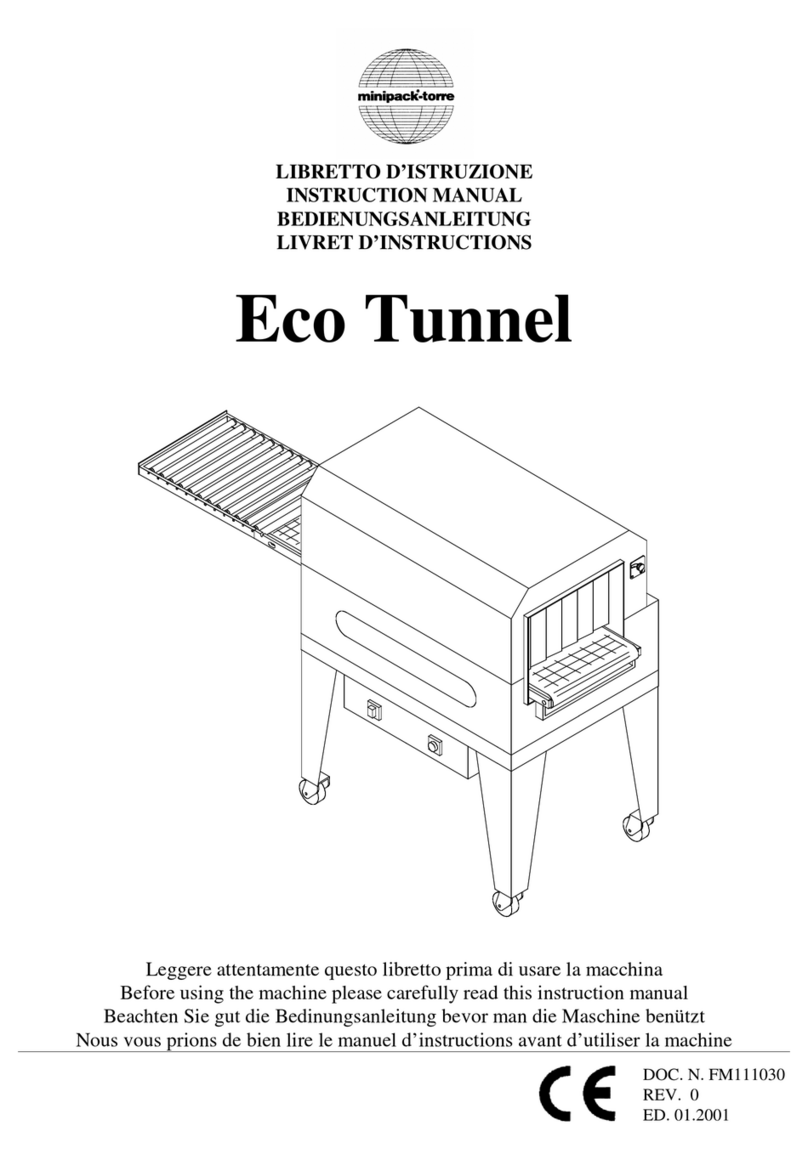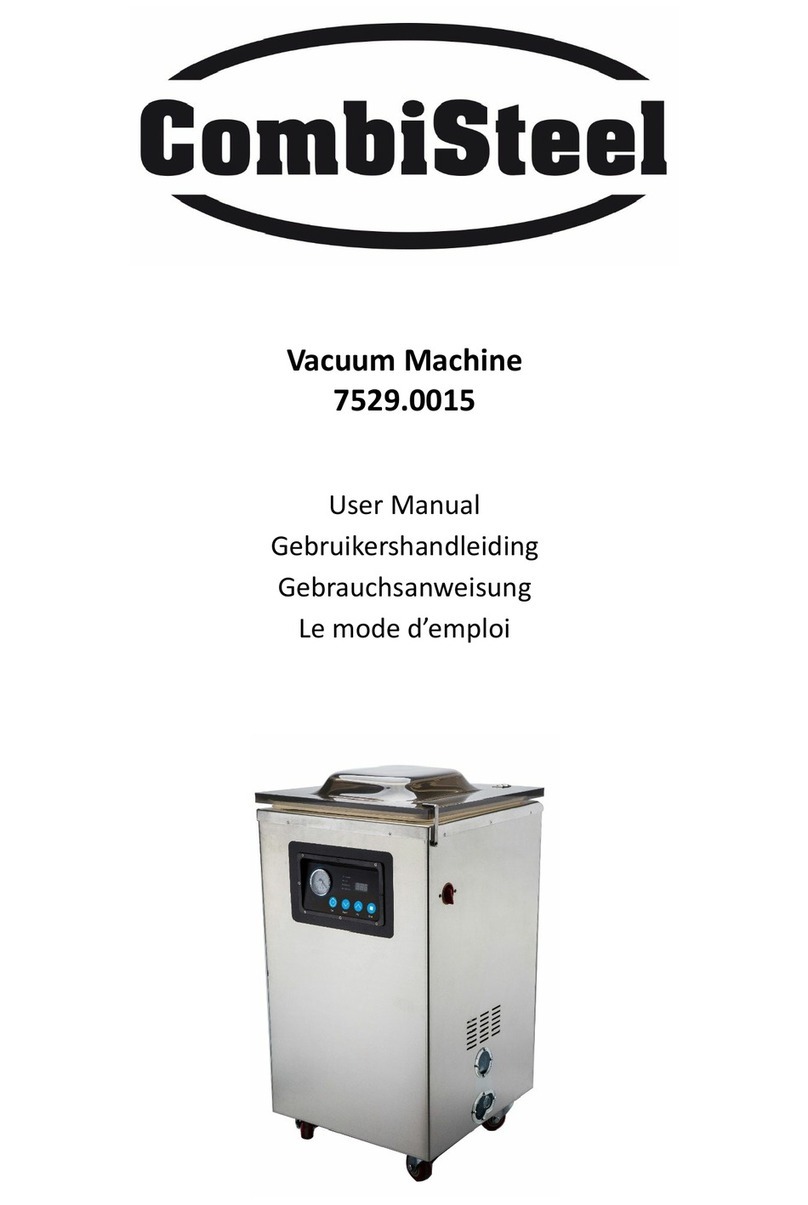
KIT PESA
2.4.2.EMPLOYER OBLIGATIONS
The operator must possess the required training and meet the suitable conditions for carrying out the
activities in safety conditions.
The employer must inform the operator on the INCORRECT USES predictable and on the persistent
Residual risks.
The operator must be capable of reading and understanding the user manual and must easily identify
the safety signs.
The employer must adequately document the training obtained by the operators.
2.5. SAFETY WARNINGS FOR REGULATIONS AND MAINTENANCE
Keep the machinery in maximum efficiency condition and perform all the scheduled maintenance
operations provided for by the manufacturer.
Proper maintenance will provide the best performance, a longer life span and constant compliance with
safety requirements.
Important
Maintenance work and adjustments shall be carried out by qualified, authorised personnel.
Take all necessary precautions (suitably mark the working area and the exits, ensure proper visibility,
provide all necessary supporting equipment, etc.) to ensure safe operation.
Delimitate the work area to minimise the risks, as per the workplace safety and health regulations.
DO NOT use products that contain corrosive, toxic and inflammable substances.
Wear the Individual Protection Devices provided by the laws on workplace safety and indicated in the
"Instructions for use" and/or affixed to the machine.
Replace the components only with original spare parts or with parts with similar design and functional
characteristics so as to keep the intended safety level unchanged.
Use lubricants (oils or grease) recommended by the manufacturer or with similar chemical-physical
features.
Do not dump into the environment polluting liquids, worn parts and maintenance waste.
Dispose of the same in compliance with current regulations on the matter.
Select the components according to the chemical and physical features of the material and carry out
the differentiated waste disposal as per the standards in force.
Follow the procedures in this chapter.
Non compliance with the instructions given may cause risks for safety and health of the persons and
economic damages.
2.6. SAFETY WARNING FOR ELECTRICAL EQUIPMENT
he electrical s
stem has been desi
ned and built in com
liance with a
licable le
islation.
his legislation also specifies the ambient conditions required for operation.
he followin
list s
ecifies ambient conditions necessar
to ensure correct electrical s
stem function.
Ambient temperature must be between 0°C°C and 40°C.
Relative humidity must be between 50% (measured at 40°C) and 90% (measured at 20°C).
The installation area must not be subject to or contain sources of electromagnetic interference or
radiation (X rays, laser light etc).
The installation area must not contain potentially explosive or flammable mixtures of gases or dust.
No contaminant or corrosive products (acids, chemicals, salts etc.) may be used during production and
maintenance. Any products used must be kept away from electrical components.
The ambient temperature during storage must be between - 25°C and 55°C.
Electrical equipment may be exposed to temperatures up 70°C, provided that exposure does not
exceed 24 hours.
The electrical system will function correctly up to an altitude of 1000 m above sea level.
If any of the aforementioned conditions cannot be met, any additional measures necessary to
ensure safe operating conditions (e.g. special electrical components, air conditioning systems
etc.) must be defined durin
the contractual sta
e.
